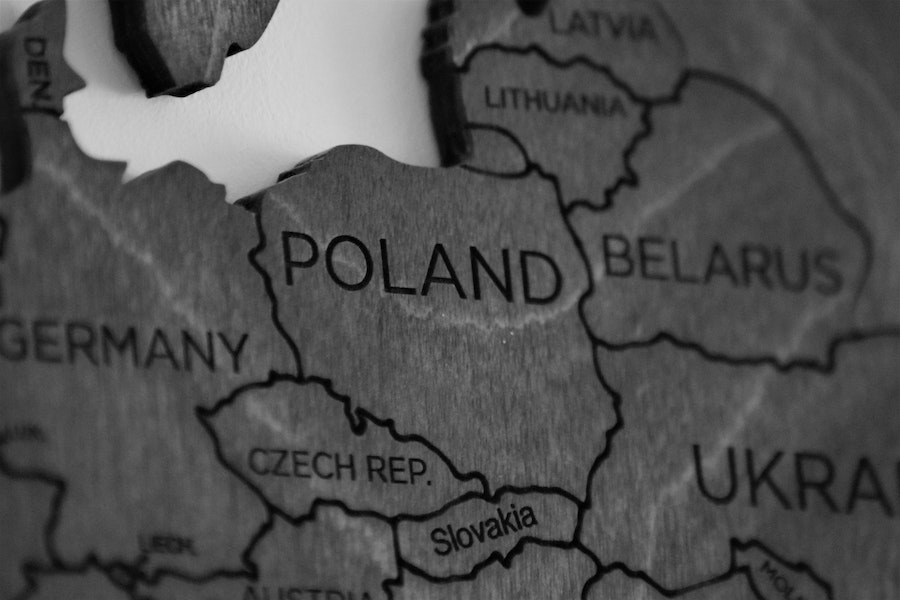The nation is bouncing back faster than most in Europe and is increasingly attractive to investors.
Those looking for a glimmer of success amid global difficulty – and a good jurisdiction in which to invest – could do worse than Poland. The country has not just been weathering the storm well but seems set to capitalise upon it. Supply chains are shifting, and Poland is a likely beneficiary. Some companies are no longer confident in sending production or services to India, China or other parts of Asia. Meanwhile, wages in Poland remain competitive, shipment distances to western Europe are comparatively small, the population are highly educated, and infrastructure is good.
I first started investing in Poland in 2005, a year after it joined the EU. Among other things, the EU was a conduit for the transfer of wealth from western Europe to central and eastern Europe, and this was bound to be followed by foreign direct investment. My decision to invest proved a good one, with Poland consistently having one of the fastest-growing European economies since then. The factors that combined to propel it forward remain true 15 years down the line.
Nothing could shield Poland from the economic ills created by the pandemic lockdowns, but it went into these troubled waters with a strong balance sheet. Government debt to GDP was at a very manageable level of 49% in March. While a deficit of 9.5% of GDP is forecast for 2020, the aggregate debt level at the end of this year is still forecast to be one of the lowest in Europe.
GDP is forecast to contract by 4.6% over the year – an admirable result in the circumstances – before rebounding by about 4.3% in 2021, according to the European Commission. Industrial production returned to growth in June, rising by 0.5% year-on-year in unadjusted terms, according to an official estimate. And while registered unemployment increased slightly to 6.1% in the same month, miraculously there are now more job vacancies in Poland on some platforms than before the onset of the crisis.
GDP is forecast to contract by 4.6% over the year – an admirable result in the circumstances – before rebounding by about 4.3% in 2021
So, despite breaking its 18-year run of growth for a brief time, Poland is returning to growth quickly. And just as in past years, it continues to benefit from an inflow of cash from the EU. The bloc’s coronavirus rescue package, Next Generation EU, was agreed in May after a tortuous round of negotiations, and the central and eastern European group of members have been allocated €187bn, or 25% of the cash available. Of that group, Poland and Romania are expected to receive the largest sums in gross terms, at €65bn and €33bn respectively.
Much of the recent economic success of the region is also likely to be linked to its successfully dealing with the virus. Poland both locked down and opened up earlier than others, easing restrictions in early May, and now we are seeing the evidence that this approach worked. By the end of July, Poland and Romania had suffered 45 and 118 deaths per million respectively. By comparison, Spain was on 676 and France 608 deaths per million.
Central and eastern Europe was already becoming an increasingly attractive destination for western European firms to relocate production lines before the crisis. BMW chose Hungary for a new plant in 2018, and Jaguar Land-Rover has been moving production from its plant in the UK to Slovakia for the past few years. Supplier networks for the automotive industry are nearby and transport infrastructure is strong.
But high-tech and high-value industries are also gathering pace in the region, particularly in Poland, which has the necessary high levels of education – 40% of the population hold a degree. Home-grown start-ups are taking off too, with venture capitalists declaring a golden age in Poland. The nation has been touted as a potential tech hub for some years now.
Poland received the third-largest amount of foreign direct investment in Europe in 2019, behind the UK and Russia. One of its most significant investors going forward will be Google, which this summer confirmed the development of a new data centre in Warsaw, estimated to be worth nearly $2bn. The Covid-19 crisis may, counterintuitively, accelerate Poland’s socioeconomic progression. It is a progression that seems inexorable.







